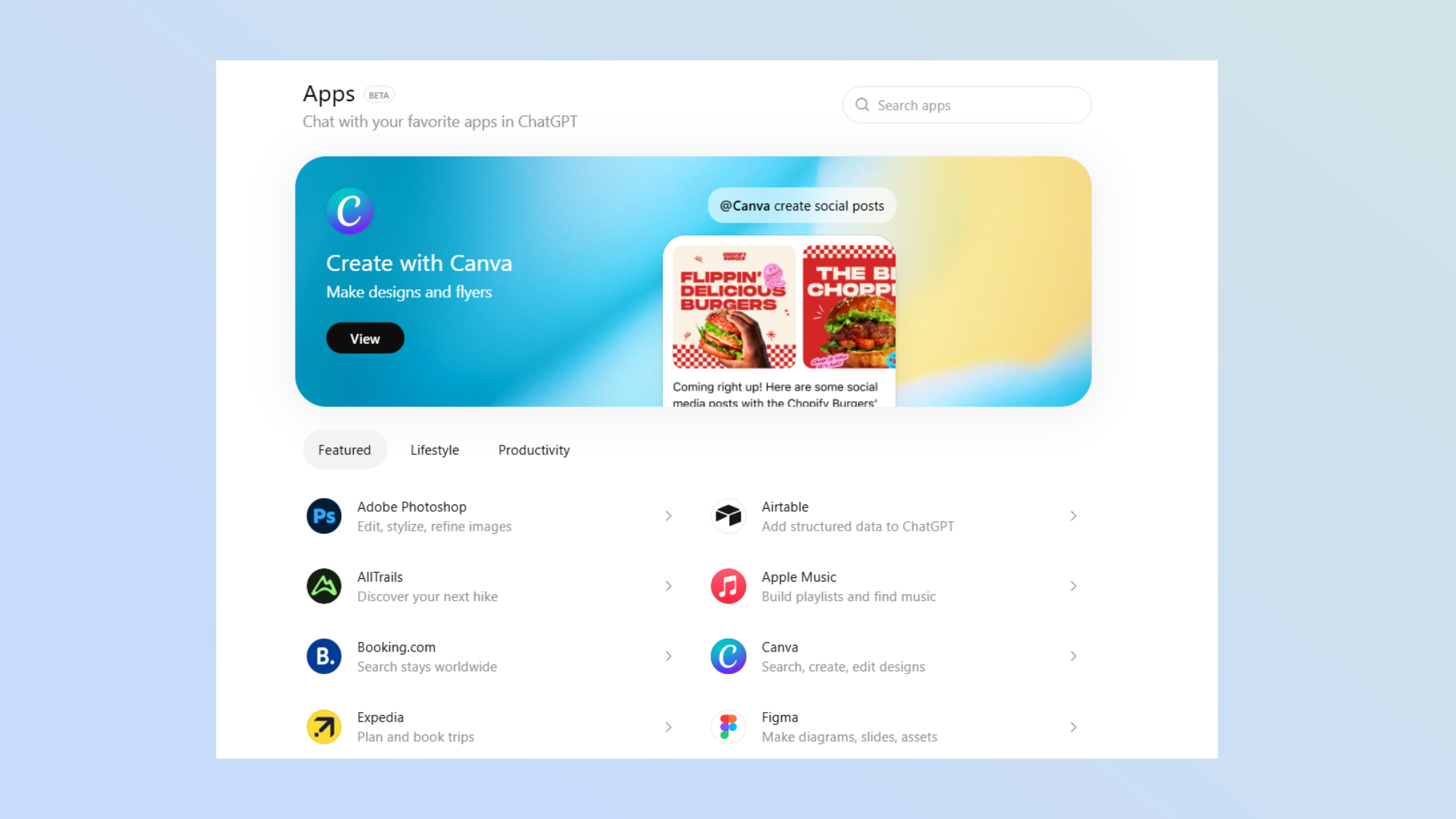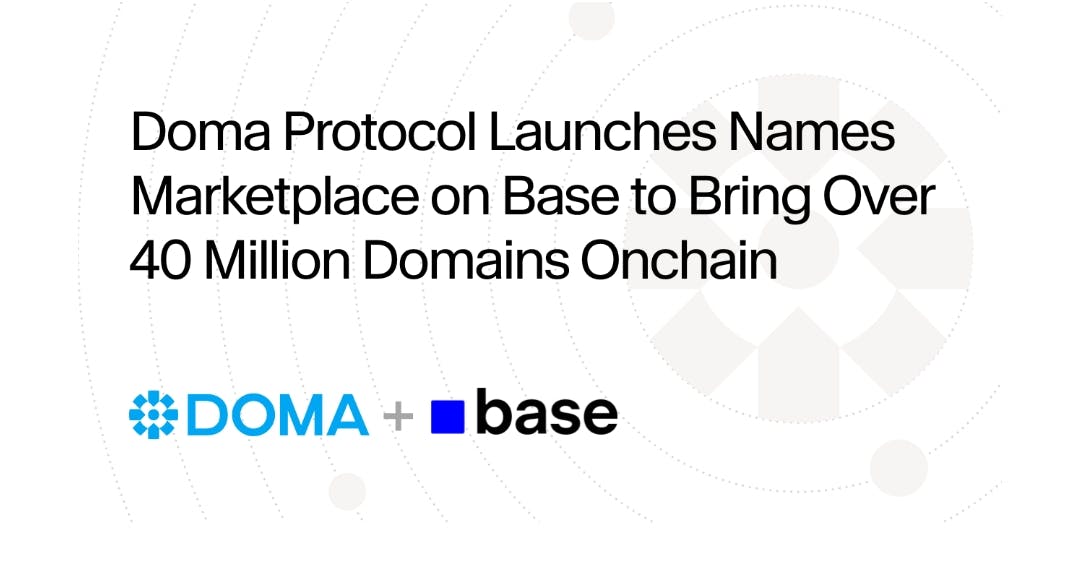Taobao Instant Commerce, Alibaba’s push into on-demand retail, unveiled a RMB 50 billion ($6.98 billion) subsidy initiative on July 2. Over the next 12 months, the platform will roll out large consumer incentives including vouchers, free-order cards, and subsidized fixed-price items, alongside merchant-focused measures such as store subsidies, product-level discounts, delivery subsidies, and commission waivers.
Why it matters: As China’s traditional e-commerce growth plateaus, major platforms are turning to high-frequency services like instant retail to drive more frequent app visits and incremental orders. Taobao, with its monthly active user base already at 928 million in March – far ahead of PDD’s 677 million and JD.com’s 507 million, according to QuestMobile – sees instant commerce as a key lever to boost engagement and tap into consumers’ growing appetite for speed.
Details: Alibaba sees Taobao Instant Commerce as a high-frequency scenario that can drive both user growth and engagement on its flagship platform. The company believes there is still significant untapped potential in converting traditional e-commerce shoppers into instant retail consumers, as people familiar with the matter told Caixin.
- This strategy appears to be paying off. As of June 23, Alibaba reported that daily orders through Taobao Instant Commerce and Ele.me combined had surpassed 60 million, with retail orders up 179% year-on-year. During the recent 618 mid-year shopping festival, Taobao recorded double-digit growth in the number of purchasing users, a 10% year-on-year increase in GMV (excluding refunds), and new highs in user activity.
- According to Alibaba, Taobao Instant Commerce stands out by offering one of the broadest on-demand product assortments in China, especially in categories where Taobao and Tmall already hold strong consumer mind share, such as FMCG and fashion. The platform is also supported by a robust fulfillment network that integrates Ele.me’s rapid delivery and Cainiao’s multi-speed logistics, designed to maximize efficiency. Additionally, it gives brands unified tools to manage loyalty programs, pricing, and inventory across both traditional and instant commerce.
- People familiar with the matter noted that anchoring instant retail within Taobao—rather than on Ele.me—allows Alibaba to leverage Ele.me’s delivery infrastructure as a strategic asset, creating synergies that strengthen the overall e-commerce ecosystem. This approach, they said, is aimed at better serving Chinese consumers’ growing preference for rapid fulfillment even in traditional online shopping categories.
Context: Taobao’s push into on-demand accelerated on May 2, when its “Xiaoshida” service was rebranded to Taobao Instant Commerce and given a prominent first-level homepage entry. The platform ramped up joint promotions with Ele.me, offering free-order coupons, heavily discounted food delivery, and opened Ele.me’s supply fully to Taobao Instant Commerce to ensure last-mile performance.
- Alibaba streamlined its consumer business units on June 23, merging Ele.me and Fliggy (its travel arm) into the China Digital Commerce group to drive unified goals and resource sharing.
- Meanwhile, rival JD.com is leveraging food delivery as a frequent-entry point to funnel traffic back to its core e-commerce platform. Heavy subsidies have delivered tangible gains: during the 618 campaign, JD.com’s daily active users hit an all-time high, with order-placing users more than doubling year-on-year.
Related










